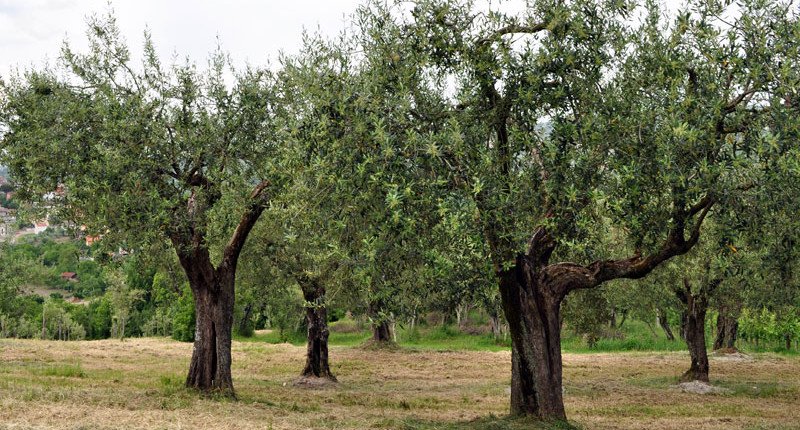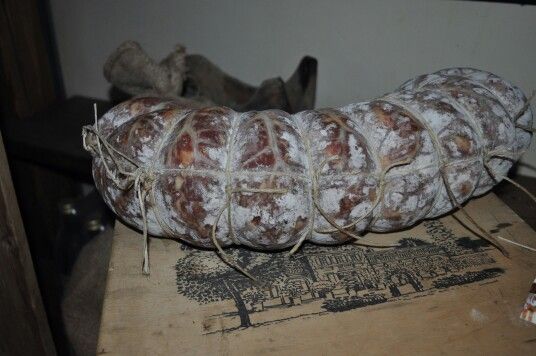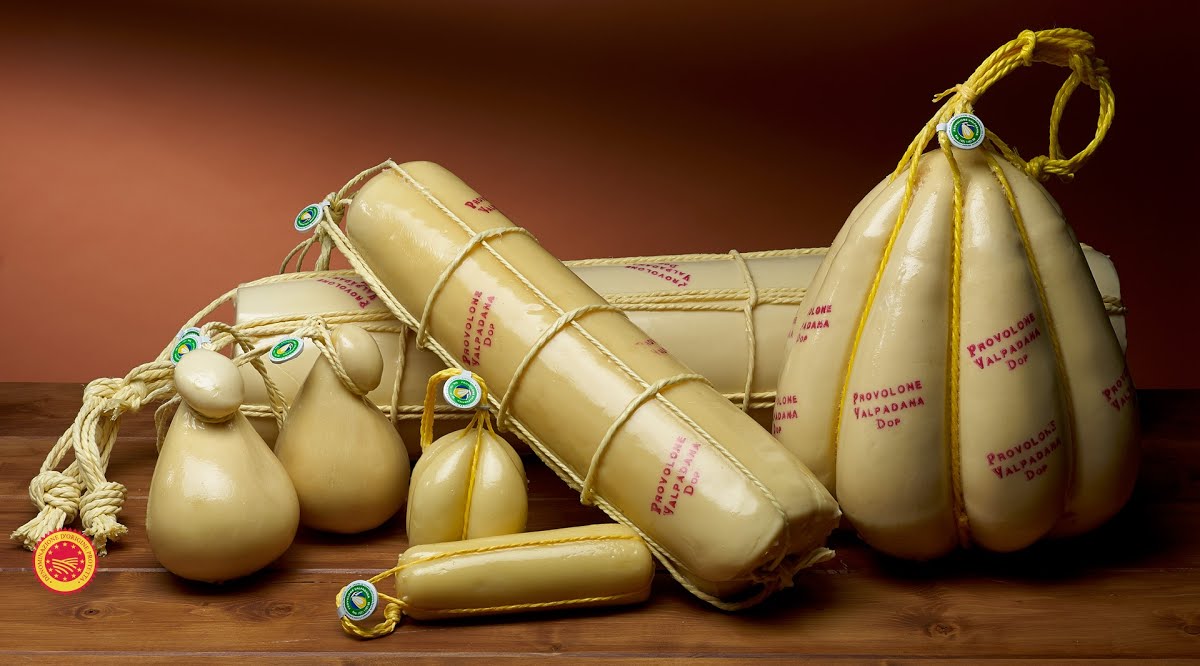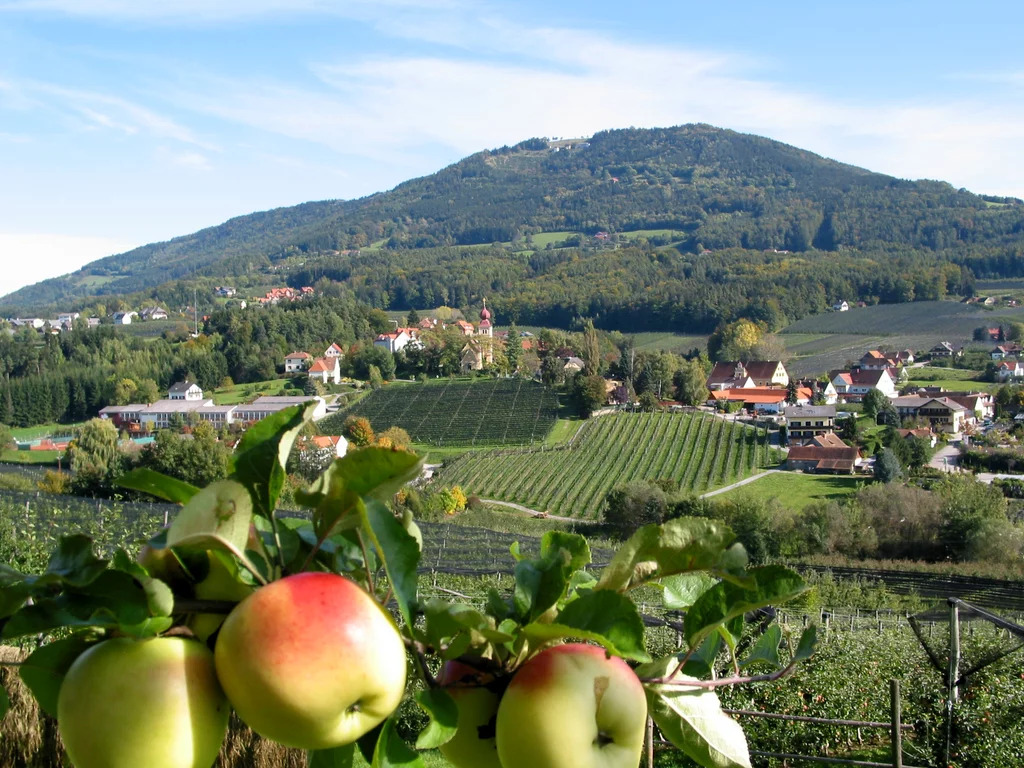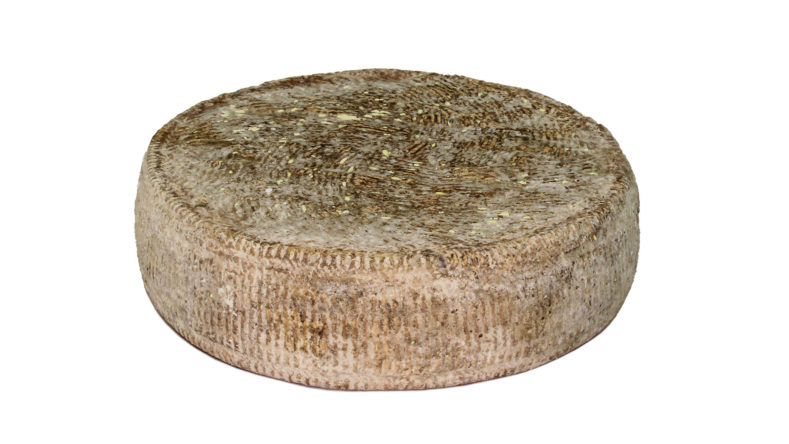The extra virgin olive oil "Irpinia Colline dell’Ufita DOP" undoubtedly has very valuable organoleptic characteristics. It is green in color, when young, to straw yellow, of varying intensity. To the nose it reveals itself fruity, with pleasant herbaceous notes and clear hints of unripe tomato, also distinctly perceptible to the taste; on the palate it is harmonious, with intense, but always pleasant and balanced bitter and spicy sensations, in harmony with the high polyphenol content. In addition, acidity does not exceed 0.50%, with a panel test score of not less than 7. "Irpinia Colline dell’Ufita DOP" oil must derive no less than 60% from the Ravece variety (value raised to 85% for new plantings); other local varieties, such as Ogliarola, Marinese, Olivella, Ruveia, and Vigna della Corte, may contribute the remainder. Extremely reduced (no more than 10 percent) is the allowed contribution of other non-native varieties, such as Leccino or Frantoio. The cultivation techniques of the olive groves are the traditional ones of the Ufita Hills, which ensure that the resulting oil has the high and well-known qualitative value. Harvesting is carried out no later than December 31 each year, and the olives are pressed within two days of picking. The yield at the mill cannot exceed 20 percent. "Irpinia Colline dell’Ufita DOP" oil is the result of the perfect harmony between environment, variety, entrepreneurial skills and tradition, which in Irpinia turn out to be very old. The production area of the PDO coincides with that of cultivation of the most prized variety of Irpinia olive growing and which has become a symbol of quality olive growing: the Ravece. The Ravece is a cultivar of unknown origin, but at least since the 1500s widespread almost exclusively in the Ufita-Aarian territory, a privileged component of the Mediterranean diet that in this area is characterized on the trinomial wine bread and oil. The notable presence of aromatic notes and its intense fruity taste makes the use of this oil preferred on dishes of a certain consistency, such as legume-based soups, tasty pasta dishes of the Irpinian tradition, soups, bruschetta and grilled meat. Being a product of great value for its category, through PDO recognition it will be able to be known and appreciated not only locally but on national and international markets.
After its wines, now known worldwide, Irpinia comes to the attention of the most demanding consumers with its fine oils, gaining increasing acclaim on the markets.
Irpinia’s oils are the result of the perfect harmony between environment, variety, entrepreneurial skills and tradition, which is very old here. In fact, the presence of the olive tree in the Avellino area dates back to Roman times, as is amply documented by numerous finds. It was the Romans, in fact, who built the first tools for pressing olives and increasingly perfected the techniques for preserving oil.
The greatest spread of olive growing in Irpinia, however, occurred in the Angevin era, and then developed in the Aragonese era (14th century) and finally consolidated in the 1800s.
Evidence of the massive presence of olives in the Ufita is provided by the vast expanses of centuries-old trees in the Arian hills, the heart of Irpinia’s olive growing. In the "City of Ariano" alone, in 1794, there were "twelve olive mills to grind olives, vulgarly called trappeti, to which horses are employed to turn them…," which became, at the beginning of the 1800s, 29 as Nicola Flammia states in "History of the City of Ariano": "…there are 29 trappeti or olive presses, which inside and which outside the built-up area."
There are also numerous historical records relating to the great influence that the olive tree had on the economy of the rural populations of the area, who specialized not only in the production of oil, but also in that of amphorae, designed to contain the already sought-after product.
At the dawn of the third millennium, Ufita olive oil still constitutes a product charged with mysticism and, above all, a fundamental component of the famous Mediterranean diet, of which many experts attest to its health benefits.
The production area of the oil "Irpinia Colline dell’Ufita DOP" in fact coincides with that of cultivation of the variety that has become a symbol of the development of quality olive growing in Irpinia and beyond: the Ravece. In particular, the area includes 38 municipalities of the Ufita and Media Valle del Calore, in the province of Avellino, which are: Ariano Irpino, Bonito, Carife, Casalbore, Castel Baronia, Castelfranci, Flumeri, Fontanarosa, Frigento, Gesualdo, Greci, Grottaminarda, Lapio, Luogosano, Melito Irpino, Mirabella Eclano, Montaguto, Montecalvo Irpino, Montefusco, Montemiletto, Paternopoli, Pietradefusi, San Nicola Baronia, San Sossio Baronia, Sant’Angelo all’Esca, Savignano Irpino, Scampitella, Sturno, Taurasi, Torella dei Lombardi, Torre le Nocelle, Trevico, Vallata, Vallesaccarda, Venticano, Villamaina, Villanova del Battista, Zungoli.
Economic and production data
The olive grove area of the "Irpinia Colline dell’Ufita DOP" oil production area is around 3,500 hectares, with more than 9,000 producing companies. Oil production is about 25,000 quintals per year, which corresponds to about two-thirds of provincial production. There are about 30 bottling companies potentially interested in PDO oil production. The average annual turnover is estimated at 2.7 million euros, estimating that the PDO will affect 15 percent of production at the start-up stage. The recognition of the PDO and the growing commercial interest in this product has revitalized the entire sector, in which there are also significant successes of producing companies not only on the local and regional market but also at the modern distribution. Moreover, for some time now the supply of Ravece oil produced in the area has been perceived by consumers as having a high level of quality and therefore high is the demand for the product itself, which with the PDO should further strengthen. There is also a discrete presence of organic production which, added to the certification with the PDO mark, is an additional commercial opportunity for producers.
Registration and protection
The Protected Designation of Origin (P.D.O.) "Irpinia – Colline dell’Ufita" was recognized, in accordance with EC Reg. No. 510/06, by Regulation No. 203 of March 10, 2010 (published in OJEC No. L 61, 11.03.2010). The Summary Sheet was published in OJEC C160 of July 14, 2009.
National recognition had taken place by DM October 10, 2005, published in GURI No. 246 of October 21, 2005, together with the attached Production Specification.
Control body
The authorized certifying body is Is.Me.Cert. (Istituto Mediterraneo per la Certificazione dei prodotti e dei processi nel settore agroalimentare), Corso Meridionale, 6 80143 Naples tel. 081.5636647 – fax: 081.5534019 (website: www.ismecert.it).
